The secret to a solid men’s skincare routine doesn’t involve 12 steps, expensive gadgets, or anything prescription. Far from it: for keeping both blemishes and fine lines at bay, simple is better. Since laying out every type of moisturizer in existence from end-to-end would take us to the sun and back (and we don’t want to go there; the UV rays are a killer), what can get complicated is figuring out which ingredients and products will work for you.
But we’ve got your mug covered, even those of you who observe your reflection in the mirror every morning, whisper I am perfect just the way I am, and walk out the door with a blemish-free face. Here's what we cover:
1. How to tell what skin type you are
2. The Minimalist Skin Care Routine
4. Skin Care Mistakes and Gimmicks
6. How to Layer Skincare Products
7. The Dude's Guide to Skincare Ingredients
Join us as we walk through all the reasons everyone can benefit from a moisturizer.
Men’s Skincare Routine Starters: Cleanser and Moisturizer
The foundation of a basic men’s skincare routine is straightforward. You need a cleanser and a face moisturizer you can use daily, plus something face-specific to exfoliate away dead skin cells about twice a week. In terms of the broad categories that comprise this so-called routine, that’s it. Congrats, you did it.
Of course, to crack the code here, your cleanser, moisturizer, and exfoliator depend on your skin type. And there are some ingredients you’ll want to avoid. Also, you’re going to need to consider using SPF.
Dry or Oily? Lined but Blemished? First, Your Skin Type
There are four basic skin types, and even if you’ve never given this a second of thought in your life until this very moment, you fit one of these categories. Here’s a guide:
- Normal: Everyone wants to be normal. Not too dry, not too oily, you’ve got no imperfections, dark spots, or excessive early signs of aging. Your skin is just kind of…there. Great news, throwing together a skincare routine will be easy for you.
- Dry: Dry’s not too bad. Maybe you get a little patchy and itchy come winter. You could probably use a richer moisturizer, or a moisturizer, period. We’ll discuss it.
- Oily/acne-prone: That afternoon slick on your forehead? That’s sebum. Put down the Clearasil, which is for teenagers, and will only make things worse for you. There are way better options for dealing with this hangover from adolescence as an adult. Also, depending on what you’ve been doing to combat excess oil, you may have either dry or normal skin. If you’ve ever gone after zits with skin-stripping products, you likely sent your sebum production into overdrive. An improved skincare routine will get this situation under control.
- Combination skin: Also known as “annoying.” You get dry on your cheeks and oily in the t-zone (forehead, nose, maybe chin). Probably goes without saying that a skincare routine will help normalize things out here.
What about sensitive skin? Glad you asked. You can have any skin type and have sensitive skin. Contrary to your laidback, carefree personality, your skin is kind of a pain in the ass. It doesn’t like fragrance, essential oils, or too much hot water. It may hate the sun or your radiator. Just look for products specifically labeled for sensitive skin. Like every other type of skincare, this variety currently exists in vast quantities, and you’ll have no trouble finding something to de-inflame your red and tender face.
The One-Two Punch of Moisturizer and Cleanser (and Maybe a Hit of SPF 30)
Let’s quickly cover what applying a skincare routine entails. The first thing many dudes want to know is whether they have to wash their face twice a day. We’re going out on a controversial limb here and saying, no, you don’t.
Just rinse it in the morning or use a nice energizing wipe. At night, however, you need to get off the day’s grime. Unless you live somewhere pristine, which the vast majority of us do not, you’re covered in pollution and general yuck at the end of the day. Don’t bring this into bed with you.
So if it’s morning, rinse or use a wipe, and in the evening, wash your face, but not for too long. Soap should not be lathered on your mug for more than about 45 seconds. Use warm water, not super hot (this will give you dry skin). Rinse well. Leaving traces of cleanser on your face begets irritation, breakouts, or both.
Now, if you’re going for the simplest of all skincare routines, you put on moisturizer, and you’re done. Amazing, isn’t it?
If you’re on a tropical vacation, or maybe just because it’s Tuesday and you’d generally like to prevent skin cancer and other sun damage, slather on some sunscreen, ideally around SPF 30, as a final step in this extremely manageable regimen.
Skincare Routine Hacks
Can you combine the moisturizer and sunscreen into one step with a lotion containing added SPF? Sort of. For a typical day spent in a mix of indoors and out, this should be fine. If you’re going to be under the blazing sun for hours on end, use a dedicated SPF 30.
First, moisturizers don’t always have the sun protection factor the bottles claim. Second, is it’s unlikely you’re going to cart around your moisturizer and reapply it throughout the day, as you would with a standard bottle of sunscreen at the beach.
Maybe the water in your building is out, perhaps you’re camping, maybe you’re drunk and just want to get to bed, or maybe all three of those things are currently true.
Subbing a cleansing wipe at nighttime for soap and water in these instances is fine. Heck, if all those things are true and you need to give some, uh, other skin a little love, powder is your friend. If you don’t have your usual cleanser on hand and the only soap around is for dishes, please go with the wipes and the powder.
Finally, a heftier price tag does not necessarily equal a better product. Save your cheddar for a dermatologist co-pay and get some personalized advice on your skincare regimen.
Skincare Mistakes and Gimmicks
As you embark on learning to take care of your skin, here are some buzzwords to be aware of.
Products that will “shrink your pores” — Bad news, the size of your pores are pretty set. You cannot shrink them, though you can try to make your pores appear smaller.
Active ingredients at the end of the list — We’ll be going over which actives are worth your time in a moment, but for now, trust us that if they’re number 11 out of 11 ingredients, you’re wasting your money.
Picking — You really, really should not pick at or generally mess with breakouts, lest they get infected, scar, or leave you with nice dark spots that take months to fade.
Over-exfoliation — A bout with a good face scrub is satisfying, but only a couple of times a week. More than this and you risk ending up with a dry, inflamed, angry face.
Exfoliation, Eye Cream, Toner, SPF: Welcome to Skincare Product Land
If you’ve already got cleanser + moisturizer down and are looking to diversify, or you want a self-care skin care routine to relax at the end of the day, there’s plenty more you can do to your face. Stubborn impurities got you down? Fine lines creeping in? Let’s delve into all the add-ons to a basic men’s skincare routine.
SPF: As noted, if you’re going to be out in the sun all day, you’ll want an SPF 30 you can reapply every few hours. If you’re acne-prone, look for an oil-free product.
Exfoliation: There are two primary ways to exfoliate. The first is with a scrub that physically sloughs off dead skin. The second is with a chemical exfoliant, usually, some kind of acid, which works by dissolving the bonds between dead skin cells to release them from your face.
Dudes seem to prefer a good face scrub. In that case, look for products with little granules because this will separate the dead skin cells from the one still alive. These come with bases like salt, sugar, powdered apricot seed or walnut shell, and (ideal for sensitive-skin dudes) rice bran. Chemical exfoliants, meanwhile, are made with acids, like salicylic, glycolic, or lactic. Or sometimes all three.
Eye cream: if you’re worried about fine lines and dark circles, get a dedicated eye cream. Also, if you’re getting to the point in life that a night of heavy drinking leaves you with some puffiness around the eyes, an ingredient like caffeine may help.
Toner: What the heck is this, expensive water? The toner’s main objective is to rebalance your skin’s PH to somewhere between 4.7 and 5.75 after cleansing. Your face is lightly acidic, or at least, it should be. Also, if you feel like you've got a lot of build-up on your face for whatever gross reason, a swipe of toner after your facial cleanser will help you feel squeaky clean.
Serum: Oh, geez. What can’t serum do? There are serums out there for literally every skincare concern, whether it’s impurities, acne, fine lines, dark spots, general anti-aging, and collagen production. The key here is looking for ingredients high up in the list that is specific to your needs. We’ll get to that shortly.
How to Layer Your Skin Care Products
Obviously, for those of you washing and then moisturizing, the “steps” are clear. There’s one trick for layering on skincare for everyone else: start with the lightest/most watery product and work your way up to the thickest/heaviest.
If you’re using a toner, which is probably liquid bordering on wet, you will swipe this on before your moisturizer. Got some kind of serum? Your order would be:
- Cleanser
- Toner
- Serum
- Moisturizer
Ingredients Dudes Like
Ceramides: If your face were made of bricks or tiles, ceramides would be the stuff holding them together. Particularly helpful for dry and sensitive skin dudes, moisturizers rich in ceramides optimize your skin barrier and may help guard against damage from pollution.
Niacinamide: Also known as Vitamin B3, niacinamide can help control sebum production, making it your top ally in the fight against a face full of excess oil. It also helps with hyperpigmentation and fine lines.
Vitamin C: This pretty well-known antioxidant helps protect your skin from free radicals. The jury’s out on whether to use it during the day to combat free-radical damage or at night to speed up healing, so just experiment and see what works for you.
Hyaluronic acid: This is a lubricant for your face, sort of. Hyaluronic acid helps your skin retain water, keeping your face from looking like a desert.
Retinol: A form of Vitamin A available in various strengths that encourages collagen production. Retinol can also make you more sensitive to UV rays, so only use it at night and make sure SPF is a part of your skincare regimen by day.
Salicylic acid: Sometimes referred to as BHA (beta hydroxy acid), salicylic acid gets into your skin to dissolve the crap clogging your pores. Great against breakouts.
Acids in general: It is impossible to diagnose which exfoliating acid[s] your skin will like from reading an article on the internet. If you’re new to acids and worried you might be sensitive to them, start with a gentler option, like lactic acid, look for a lower percentage, and then work your way up to badass glycolic to see what your skin tolerates.
Sulfur: It smells like a witch’s garbage can but will shrink a zit like no other.
Hydrocolloid bandages: These sticky little dots are more a product than an ingredient, but if you picked a zit as we told you not to do and now it’s open and sort of disgusting, this item will suck out all the gross crap overnight and get things healing faster.
Hot tip: These ingredients need to get on your skin and stay there, which means shelling out for them in lotion, toner, or serum form. Vitamin C in your face wash does next to nothing.
And...exhale. Whether you made it through that journey and you're now doubled down on a two-step regimen, or you're ready to treat your face to an antioxidant cocktail, congrats, you are now a dude with a skincare routine.

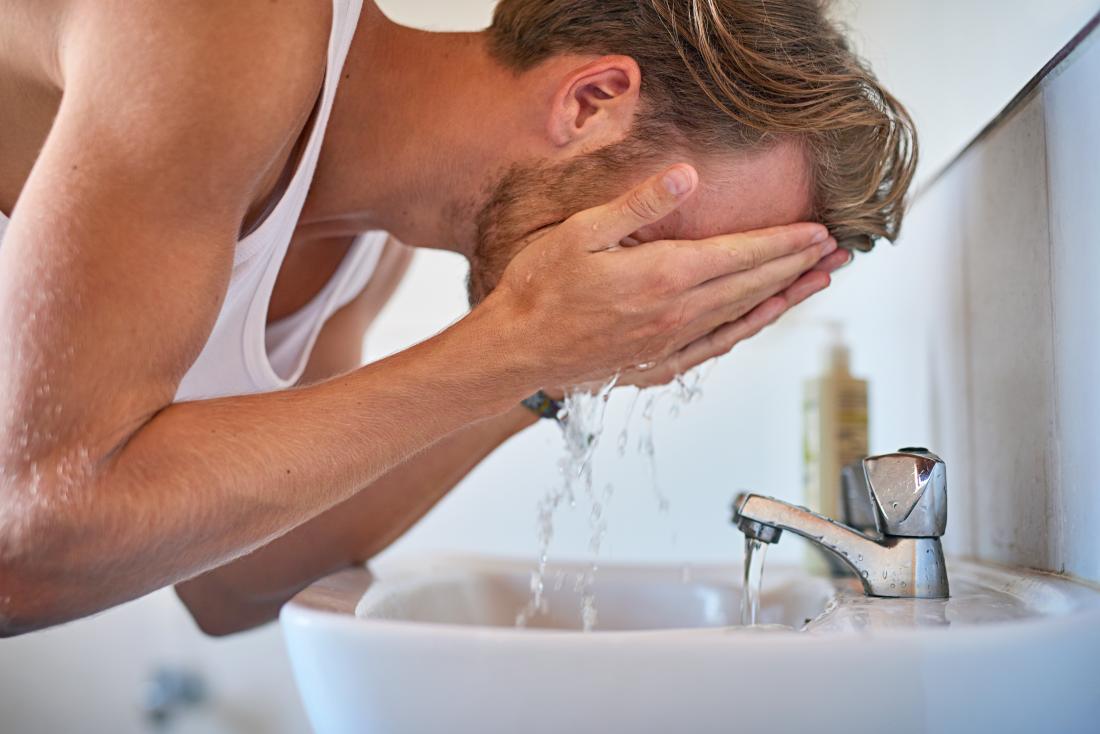


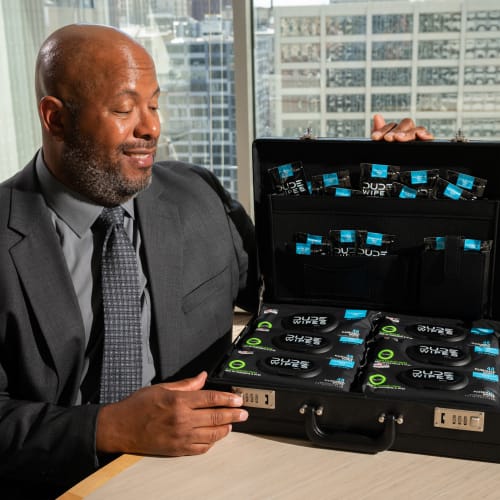
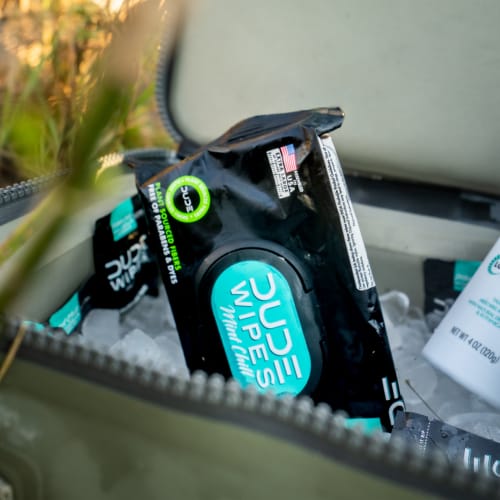

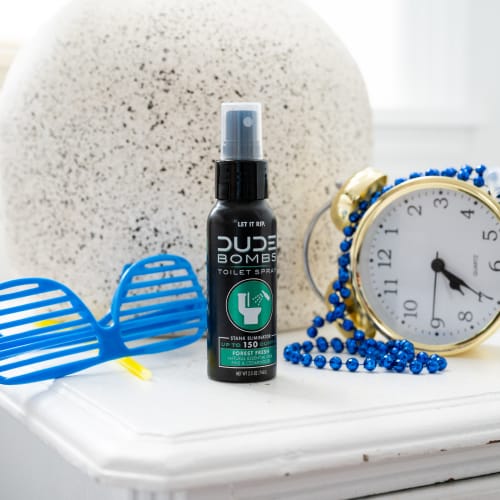
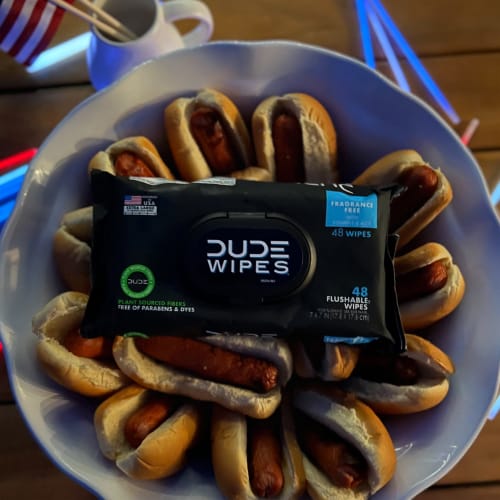
Leave a comment
This site is protected by reCAPTCHA and the Google Privacy Policy and Terms of Service apply.